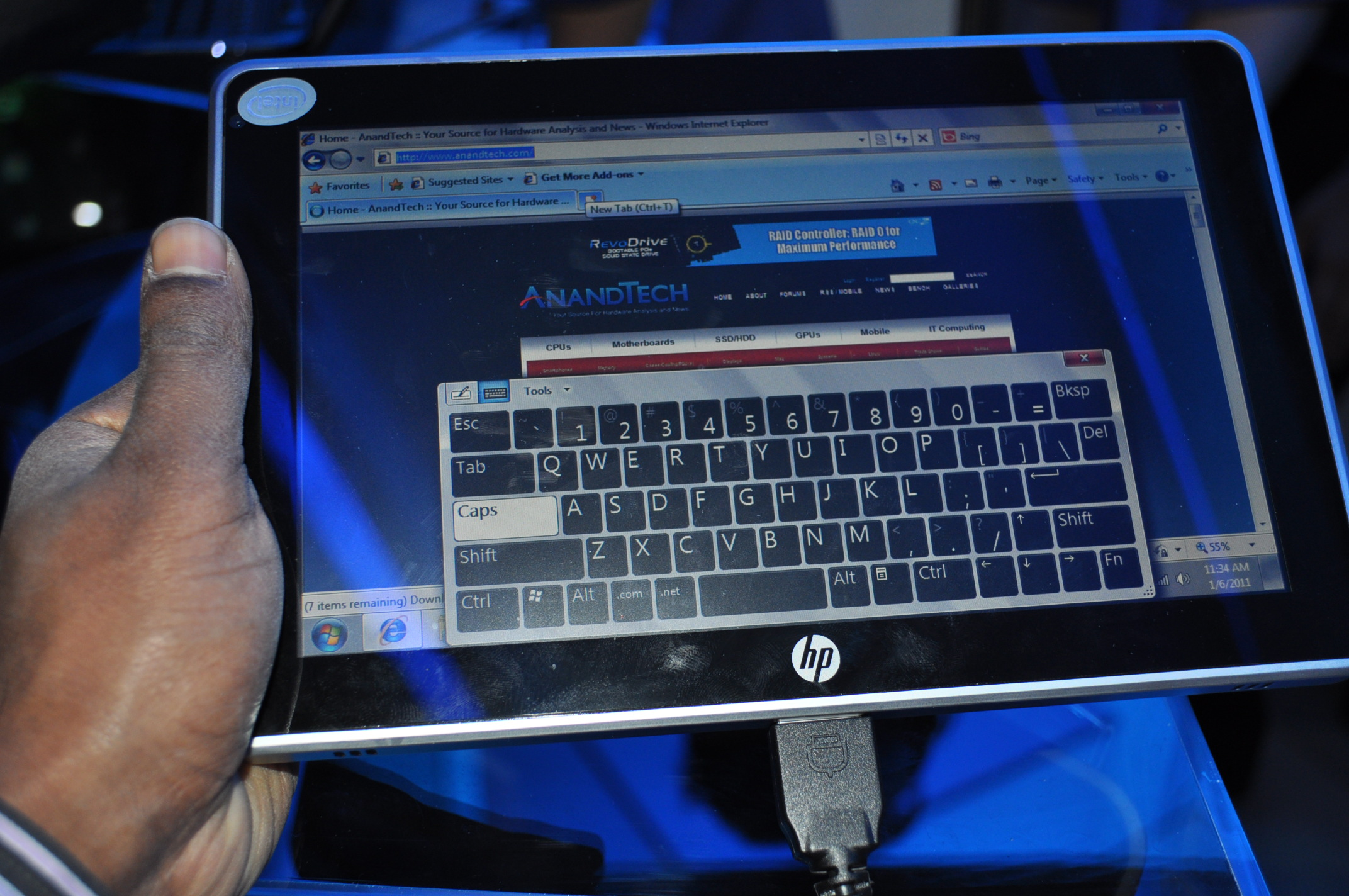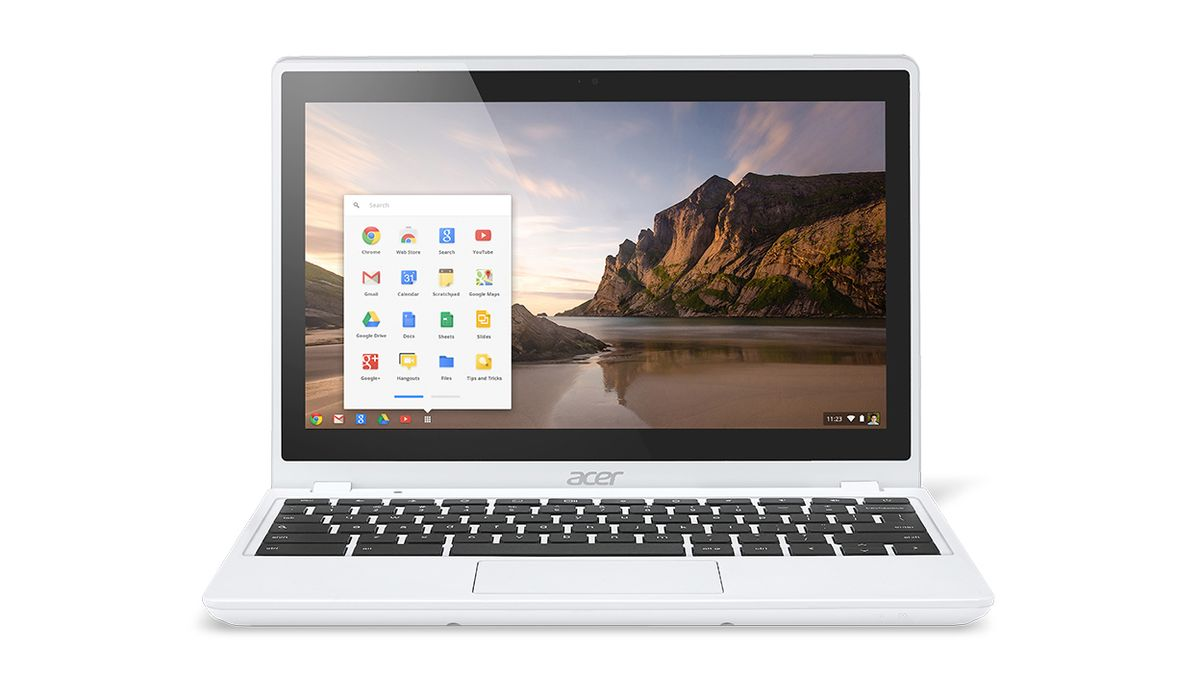Windows RT is a unique but troubled operating system from Microsoft, designed as a lighter version of Windows 8 to power mobile devices like tablets. Despite the initial hopes for Windows RT tablets, the reality has been a struggle for sales and market acceptance. Microsoft’s attempts to boost interest through various promotional strategies, including substantial price cuts on devices such as the Surface RT, have not been sufficient to capture consumer enthusiasm. Reports indicate that Windows RT has only managed to secure a tiny fraction of tablet sales, and major manufacturers are hesitant to invest in this platform. As Microsoft considers its next steps, many are left questioning whether Windows RT will ever truly find its place in the tech landscape or ultimately fade into obscurity.
The operating system landscape is ever-evolving, and Microsoft’s foray into producing a streamlined version of Windows is encapsulated in its creation of Windows RT. Aimed at optimizing performance for mobile applications, Windows RT was intended to cater to a niche market with specific devices like the Surface RT. However, widespread acceptance has been lacking, and alternatives, such as full-fledged Windows devices, continue to outpace it in popularity and sales. With Microsoft focusing on price reductions and device promotions to stimulate interest, the question remains whether these efforts can rejuvenate a platform that seems increasingly outdated. The challenge remains clear: convincing consumers to choose a limited version of Windows when more robust options are readily available.
The Challenge of Windows RT in Today’s Market
Windows RT has faced significant challenges since its inception as a version of Microsoft’s Windows 8 designed specifically for ARM-based devices. The operating system has struggled to gain traction among consumers who prefer the more powerful, full-featured Windows alternatives. Despite Microsoft’s attempt to boost Windows RT sales through price cuts and limited-time promotions, the operating system remains largely unappealing to potential buyers. This lack of enthusiasm is further compounded by the reluctance of manufacturers like Acer, HTC, and Samsung to invest in producing Windows RT tablets, which has led to a scarcity of new devices on the market.
As reports show, only a fraction of the tablet market is captured by Windows RT, with less than 1% of total tablet sales attributed to RT-based devices. The latest IDC report reveals that consumers have opted for more robust solutions that allow them to run traditional desktop applications rather than settling for the compromised experience offered by Windows RT. These trends indicate that Windows RT may not be able to sustain itself in a market that increasingly favors versatility and performance.
Microsoft’s Efforts to Revive Windows RT
Microsoft is currently investing heavily in strategies that aim to rejuvenate interest in Windows RT. Strategic price cuts for smaller tablets, as reported by Bloomberg, are designed to make these devices more attractive to consumers. Examples include the soon-to-be-released 8-inch RT-based Surface tablet, which is rumored to be priced competitively between $249 and $299. Moreover, promotions such as offering a free Touch Cover or Type Cover with purchases during certain promotional periods have been implemented to entice buyers. While these maneuvers might generate short-term spikes in interest, doubts about their long-term effectiveness remain.
As Microsoft rolls out these discounts, it recognizes that the ultimate goal isn’t just to sell devices but also to nurture a thriving ecosystem where developers can create apps for the Windows RT platform. However, the obstacles remain daunting; even a radical price cut at events like TechEd, where a 64GB Surface RT is being offered for a staggering 83% discount, may not attract the necessary volume of sales. Thus, while Microsoft’s efforts are commendable, the fundamental issues surrounding Windows RT’s desirability and usability are unlikely to disappear.
Frequently Asked Questions
What is Windows RT and how does it differ from standard Windows?
Windows RT is a version of Microsoft’s Windows designed specifically for ARM-based devices, primarily tablets. Unlike standard Windows, Windows RT cannot run traditional desktop applications and is focused on touch-based interfaces and optimized for mobile use. This limitation has contributed to its poor reception among consumers.
Why did Microsoft lower the price of Windows RT tablets?
Microsoft lowered the price of Windows RT tablets in an effort to boost sales and increase demand for the operating system. With dismal sales figures and limited interest from device manufacturers, the price cuts aim to make Windows RT devices more appealing, especially among smaller tablets.
Are there any notable tablets that run Windows RT?
The most notable tablet running Windows RT is the Surface RT, developed by Microsoft. Other manufacturers have shown reluctance to produce Windows RT tablets due to lackluster sales and consumer interest, making the Surface RT one of the few recognized options in the market.
How are Windows RT sales performing in the market?
Windows RT sales have been extremely disappointing, with recent reports indicating that RT-based Surface devices accounted for only 0.4% of total tablet sales within a specific quarter, with just 200,000 units shipped. This poor performance raises concerns about the future viability of Windows RT.
What promotions are Microsoft offering for Windows RT devices?
To encourage sales of Windows RT devices, Microsoft offered promotions such as free Touch Covers or Type Covers with Surface purchases and significant discounts for attendees of TechEd North America 2013, showcasing the drastic measures being taken to boost interest in Windows RT.
Why do some manufacturers refuse to create Windows RT tablets?
Many manufacturers, including Acer and HTC, have refused to produce Windows RT tablets due to its poor sales performance and lack of consumer interest. Executives from these companies have publicly expressed their skepticism about the viability of Windows RT in the current market.
What is the future outlook for Windows RT?
The future outlook for Windows RT appears bleak, with many analysts predicting that Microsoft may ultimately abandon the operating system due to its inability to attract consumers and developers. As full-featured Windows 8 tablets gain traction in the market, the demand for compromised products like Windows RT diminishes.
How does Windows RT compare to full-powered Windows tablets?
Windows RT offers a limited experience compared to full-powered Windows tablets, as it cannot run desktop applications and is designed primarily for touch interaction. Consumers prefer full-powered Windows tablets because they provide the flexibility and functionality that many users expect from a PC.
What is the expected price range for Windows RT tablets?
The expected price range for Windows RT tablets, particularly newer models like the upcoming 8-inch Surface RT, is anticipated to be between $249 and $299. Microsoft has also implemented various pricing promotions that may offer discounts on existing models.
What issues do consumers face when choosing Windows RT devices?
Consumers face significant issues when choosing Windows RT devices, primarily the restriction of not being able to run traditional desktop applications, along with concerns about the overall value and performance of Windows RT compared to full Windows devices.
| Key Point | Details |
|---|---|
| Price Reductions | Microsoft is reducing the price of Windows RT for small tablets to boost demand. |
| Device Promotions | Buyers of the Surface RT receive free covers worth $120 or $130. |
| TechEd North America Discount | Participants can buy a 64GB Surface RT for $99, a significant discount. |
| Lack of Interest | Consumers and manufacturers show little interest in Windows RT products. |
| Poor Sales | RT-based devices only accounted for 0.4% of tablet sales in the past quarter. |
| Alternative Options | Windows 8 tablets are selling better and offer more features. |
| Future Outlook | Analysts predict Microsoft will abandon Windows RT due to its ongoing struggle. |
Summary
Windows RT is facing significant challenges as Microsoft strives to save it through price cuts and promotions. Despite their efforts, consumer interest remains low, and manufacturers are hesitant to invest in the platform. The dismal sales numbers indicate that Windows RT may not have a viable future, especially when full-featured Windows tablets are available at competitive prices. The ongoing shift in consumer preference towards regular Windows tablets ultimately suggests that Windows RT may be destined to fade away.



